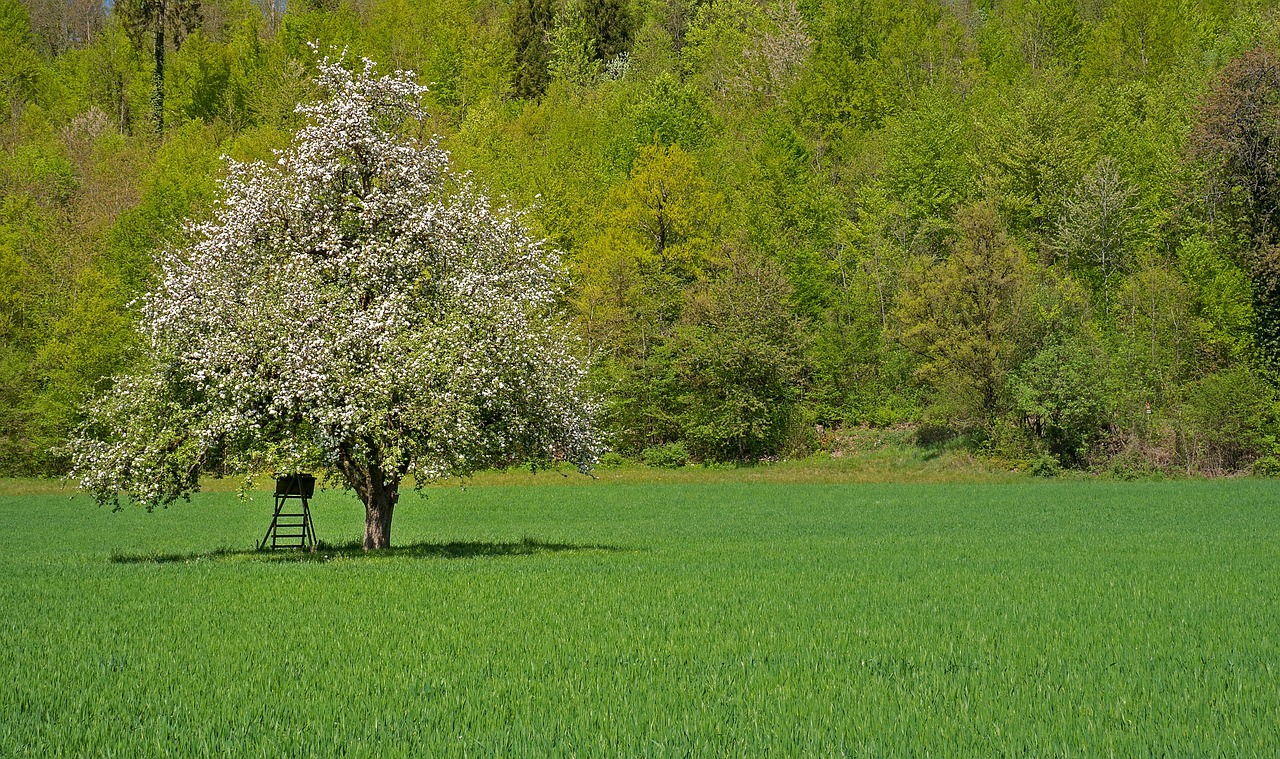
Pineapple Pear
Pyrus communis 'Pineapple'
Basic Information
🌿 Family: Rosaceae🗺️ Zone: 5-9
Other Names:
- None
🌡️ Ideal Temperature : 60°F – 85°F
🔥 Heat Tolerance: Up to 100°F
❄️ Cold Tolerance: Down to -15°F
🌱 Type: Perennial
Layers
- Sub-canopy
Functions
- Edible
- Pollinator
- Wildlife Attractor
- Nitrogen Fixer
- Dynamic Accumulator
- Erosion Control
- Windbreaker
- Border Plant
- Pest Management
Pests
Description
The Pineapple Pear is a hardy, deciduous fruit tree known for its heavy yields of large, firm pears with a unique pineapple-like flavor. Typically reaching heights of 6–9 meters (20–30 feet) with a spread of 3–6 meters (10–20 feet), it has a pyramidal growth habit. This cultivar is valued for its adaptability to various soil types, including sandy clay or loam, provided they are well-drained. It can tolerate seasonal wet soils if they drain well. The tree blooms in early to late spring, producing white blossoms that are susceptible to late frosts. While it is self-fertile, planting additional pear varieties nearby can enhance fruit set. The Pineapple Pear is relatively low-maintenance but requires attention to watering, especially during establishment. It is susceptible to fire blight, anthracnose, canker, scab, and powdery mildew. Insect pests include pear psylla, codling moth, and borers.
🌞💧 **Sun and Water Requirements:**
Prefers full sun exposure for optimal growth and fruit production. Requires medium moisture levels; regular watering is essential, especially during dry periods. Once established, it exhibits moderate drought tolerance but benefits from consistent soil moisture.
✂️🫘 **Methods to Propagate:**
Commonly propagated through grafting onto compatible rootstocks to ensure desired fruit characteristics and disease resistance. Grafting is typically performed in late winter or early spring while the tree is still dormant.
🧑🌾👩🌾 **When to Harvest:**
Fruits ripen between August and September. Harvest when pears are firm but have developed their characteristic color. For best quality, allow pears to ripen off the tree in a cool, dry place.
Purpose
- **Edible:** Produces flavorful pears suitable for fresh consumption, cooking, and canning.
- **Pollinator:** Spring blossoms attract bees and other pollinators, supporting local ecosystems.
- **Wildlife Attractor:** Fruits provide food for various wildlife species.
- **Nitrogen Fixer:** When interplanted with nitrogen-fixing plants, it benefits from improved soil fertility.
- **Dynamic Accumulator:** Deep roots can access nutrients from subsoil layers, enriching the topsoil upon leaf drop.
- **Erosion Control:** Root system helps stabilize soil, preventing erosion.
- **Windbreaker:** When planted in rows, serves as a windbreak, protecting other plants.
- **Border Plant:** Suitable for use in boundary plantings due to its size and structure.
- **Pest Management:** Can be part of integrated pest management when combined with specific companion plants.